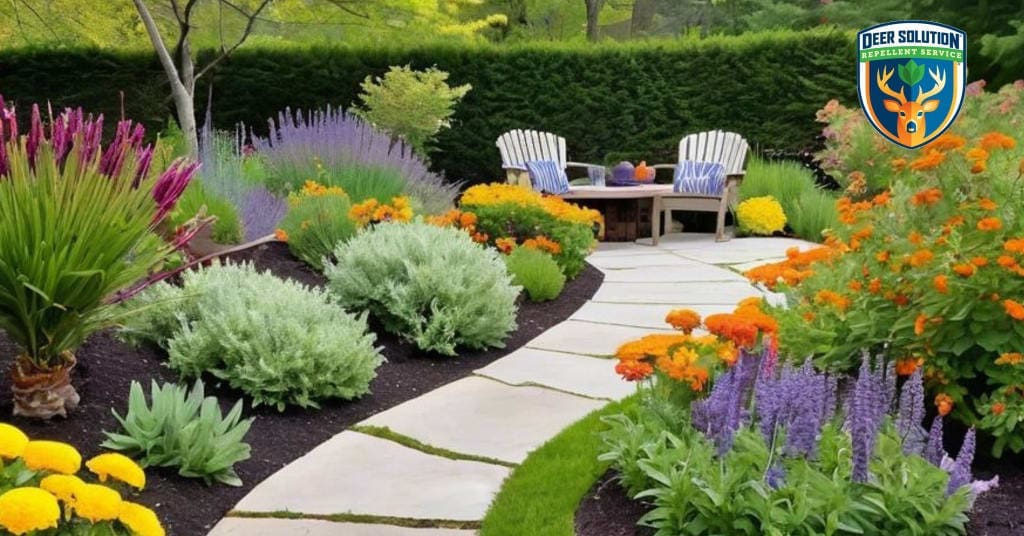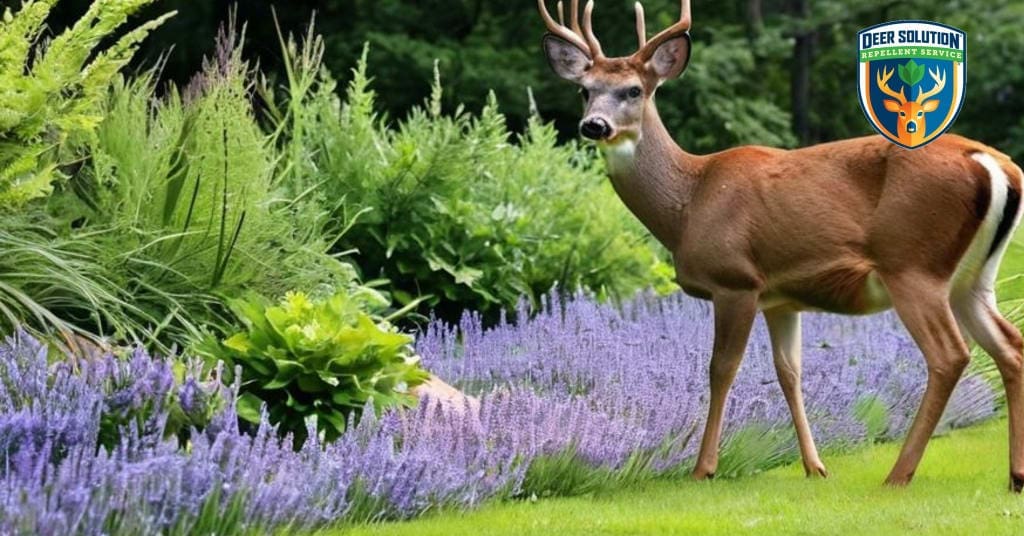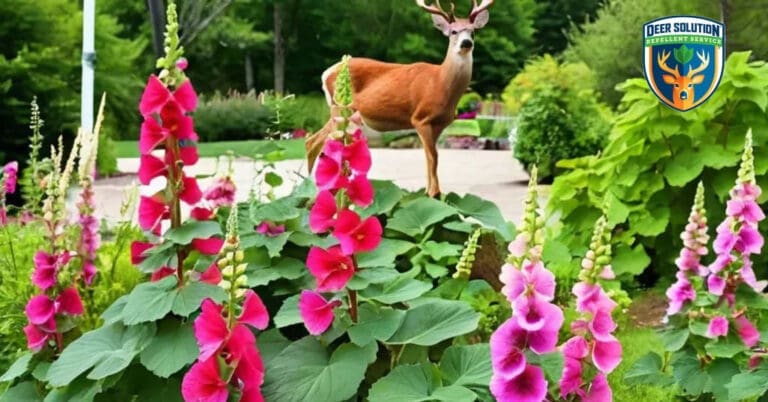Deer, with their adaptable feeding habits, often present a challenge to gardeners. One question that frequently arises is, do deer eat hollyhocks? Understanding deer dietary preferences and behavior can help in devising strategies to protect your garden. Let’s explore the relationship between deer and hollyhocks, and how eco-friendly solutions can help mitigate potential damage.
Understanding Deer and Hollyhocks
Hollyhocks (Alcea species) are beloved for their tall, vibrant blooms that add a touch of elegance to any garden. However, these plants can sometimes attract the attention of deer. While deer are known to browse on a wide variety of vegetation, their preference for specific plants can vary based on factors such as availability, season, and local deer population.
Deer may find hollyhocks appealing due to their tender leaves and flowers. However, the extent of damage can fluctuate, as deer feeding habits are influenced by the scarcity of food sources and environmental conditions. This variability underscores the importance of implementing proactive measures to protect your garden.
Eco-Friendly Deer Deterrence Techniques
Maintaining a deer-resistant garden involves a multifaceted approach that prioritizes sustainability and environmental consciousness. Here are some strategies designed to help mitigate deer damage while aligning with eco-friendly principles:
- Plant Selection: Incorporating deer-resistant plants alongside hollyhocks can create a natural barrier. Plants like lavender, marigolds, and daffodils are less appealing to deer and can help deter them from your garden. Additionally, using native plants that are well-adapted to your local environment can enhance the resilience of your garden against deer browsing.
- Garden Design: Strategic garden design can also play a role in deterring deer. Planting hollyhocks closer to your home or in areas with higher human activity can reduce the likelihood of deer venturing into those spaces. Creating physical barriers, such as fences or hedges, can also be effective in keeping deer away from vulnerable plants.
- Natural Repellents: Utilizing natural repellents can be an effective way to discourage deer from feeding on your plants. These repellents often contain ingredients that deer find unappealing, such as garlic, pepper, or certain essential oils. Regularly applying these repellents, especially after rain, can help maintain their effectiveness.
- Companion Planting: Another technique is companion planting, where you grow plants that deer dislike near your hollyhocks. This can create a protective buffer zone. For example, planting strong-scented herbs like rosemary or sage can help mask the scent of hollyhocks, making them less attractive to deer.
The Role of Hollyhocks in Your Garden Ecosystem
Hollyhocks not only serve as a stunning visual element in your garden but also contribute to your local ecosystem. Their tall blooms attract pollinators like bees and butterflies, which are crucial for maintaining biodiversity. By including hollyhocks in your garden, you can create a welcoming environment for beneficial insects while still managing the risk of deer browsing.
These plants also thrive in a wide range of soil types and climates, making them a versatile addition to various garden designs. Their towering height makes them excellent background plants or centerpieces in mixed borders, contributing both to your garden’s beauty and its ecological health.
The Role of Professional Services
While DIY methods can provide some level of protection, engaging professional services can offer a more comprehensive and reliable solution. Deer Solution specializes in an eco-friendly repellent spraying service that is designed to help protect your landscape from deer damage.
Our certified deer damage experts conduct a thorough assessment of your property to develop a customized protection plan. By applying our proprietary all-natural repellent on a monthly basis, we aim to reduce the impact of deer on your garden, allowing your hollyhocks and other plants to thrive. Our team is trained to identify the specific needs of your garden and adjust the treatment plan accordingly, ensuring optimal protection throughout the year.
In addition to repellent spraying, Deer Solution offers consultation services to help you design a deer-resistant garden layout. Our experts can provide recommendations on plant selection, garden design, and other preventive measures tailored to your specific situation. This holistic approach ensures that your garden remains beautiful and healthy while minimizing the risk of deer damage.
Building a Resilient, Deer-Resistant Garden
Addressing deer-related landscape challenges requires a thoughtful approach that balances effectiveness with environmental responsibility. While deer may find hollyhocks appealing, implementing eco-friendly deterrence techniques and engaging professional services like Deer Solution can help safeguard your garden. Our commitment to sustainable practices and decades of expertise make us a trusted partner in maintaining the health and beauty of your landscape.
By combining various strategies, such as plant selection, garden design, natural repellents, and professional services, you can create a resilient garden that withstands deer browsing. Regular monitoring and adjusting your approach as needed will help ensure that your hollyhocks and other cherished plants continue to flourish despite the presence of deer.











